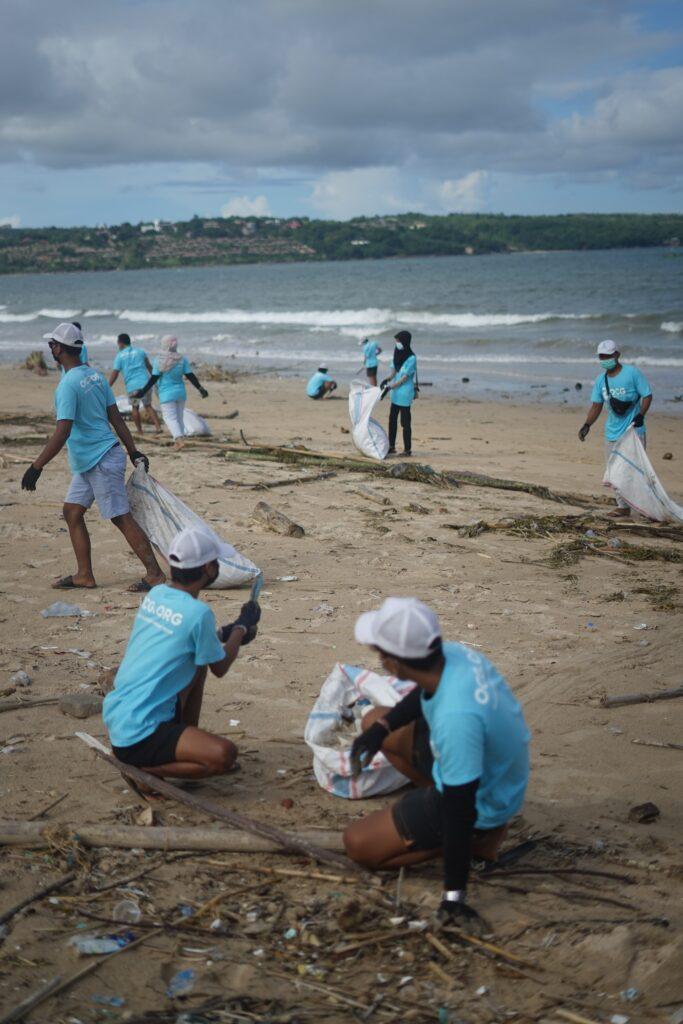Washington D.C. is home to a thriving population of over 700,000 people, and like any urban center, it produces a significant amount of wastewater. To manage this wastewater and ensure the protection of public health and the environment, the city has implemented a range of best practices in wastewater management. In this article, we will explore some of the best wastewater management practices in Washington D.C.
Combined Sewer Overflow (CSO) Control
One of the biggest wastewater management challenges faced by Washington D.C. is the city’s combined sewer system. In a combined sewer system, both sewage and stormwater are carried in the same pipe, which can lead to overflows during heavy rainfall events. To mitigate the effects of combined sewer overflows, Washington D.C. has implemented a range of CSO control measures, including the construction of large underground storage tunnels and the installation of green infrastructure. The city’s green infrastructure program includes the installation of green roofs, rain gardens, and permeable pavement, which helps to capture stormwater and prevent it from overwhelming the sewer system.
Advanced Wastewater Treatment
Washington D.C. has a state-of-the-art wastewater treatment plant that is capable of treating up to 370 million gallons of wastewater per day. The plant uses a multi-stage treatment process that includes primary treatment, secondary treatment, and disinfection. The secondary treatment process involves the use of biological processes to remove organic matter and nutrients from the wastewater. After disinfection, the treated wastewater is discharged into the Potomac River.
Biosolids Management
The solids that are removed during the wastewater treatment process are known as biosolids. Washington D.C. has implemented an innovative biosolids management program that includes the production of a high-quality compost product. The biosolids are mixed with wood chips and other organic material and then placed in large aerated static piles. The piles are monitored and turned regularly to ensure that the biosolids are fully composted. The resulting compost product is used in landscaping projects throughout the city.
Public Outreach and Education
Washington D.C. has a robust public outreach and education program that aims to educate residents and businesses about the importance of proper wastewater management. The program includes a range of outreach activities, including community events, workshops, and educational materials. The city also offers a tour of its wastewater treatment plant to educate the public about the treatment process.
Industrial Pretreatment Program
Washington D.C. has implemented an Industrial Pretreatment Program (IPP) to regulate the discharge of industrial wastewater into the city’s sewer system. The IPP requires industries to obtain a permit and comply with specific discharge limits and monitoring requirements. The program helps to protect the city’s wastewater treatment plant from the harmful effects of industrial wastewater.
Water Reuse
Washington D.C. has implemented a water reuse program that includes the use of treated wastewater for non-potable purposes. The city’s water reuse program includes the use of treated wastewater for irrigation, industrial processes, and toilet flushing in commercial buildings. The program helps to conserve the city’s freshwater resources and reduce the amount of wastewater that needs to be discharged into the Potomac River.
In conclusion, Washington D.C. has implemented a range of best practices in wastewater management to ensure the protection of public health and the environment. These best practices include CSO control, advanced wastewater treatment, biosolids management, public outreach and education, an industrial pretreatment program, and water reuse. By continuing to implement these best practices and exploring new innovations in wastewater management, the city can ensure the sustainability of its wastewater infrastructure and protect its precious water resources for generations to come.

